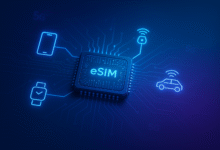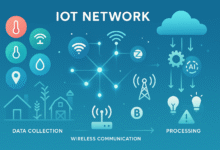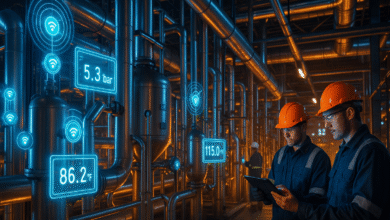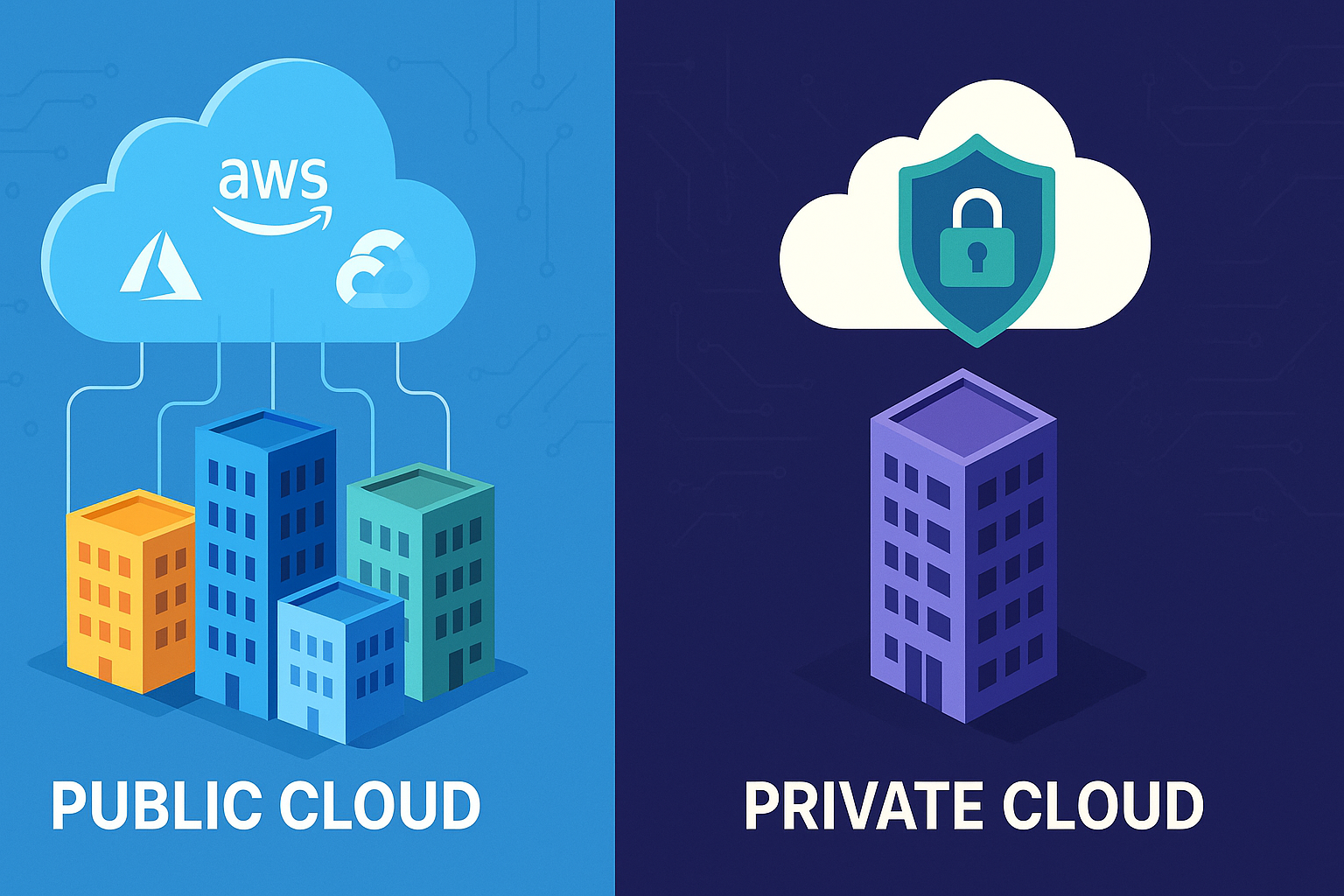IoT and ESG: Leveraging Technology for Sustainable Impact
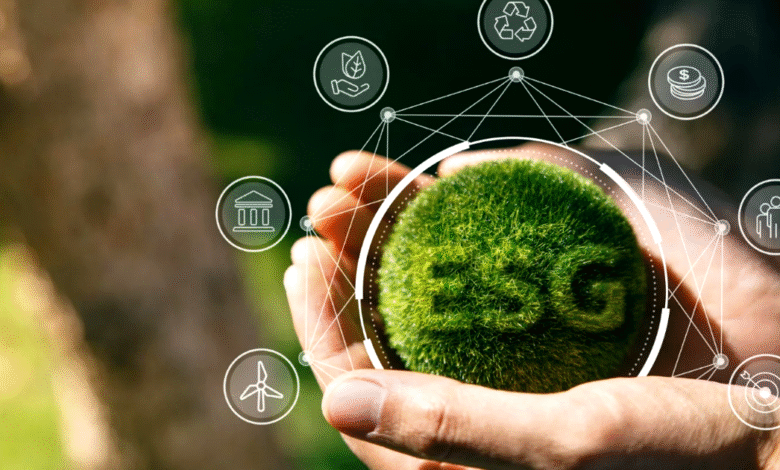
The Internet of Things (IoT) and Environmental, Social, and Governance (ESG) principles are two transformative forces shaping the future of business and sustainability. IoT refers to the interconnected network of devices that collect, analyze, and share data to optimize processes, while ESG represents a framework for assessing a company’s impact on the environment, society, and governance practices. By integrating IoT with ESG, organizations can harness real-time data to drive sustainable outcomes, reduce carbon footprints, and enhance social responsibility. This article explores how IoT technologies empower ESG goals, offering actionable insights for businesses aiming to align profitability with purpose.
The Role of IoT in Achieving Environmental Sustainability
IoT plays a pivotal role in advancing environmental sustainability, a core pillar of ESG. Smart sensors and connected devices enable organizations to monitor resource consumption, such as energy, water, and raw materials, in real time. For instance, IoT-enabled smart grids optimize electricity distribution, reducing waste and reliance on fossil fuels. Similarly, precision agriculture powered by IoT uses soil sensors and weather data to minimize water usage and chemical inputs, promoting eco-friendly farming. These technologies provide actionable insights, allowing businesses to lower their carbon footprint and align with global sustainability goals, such as the Paris Agreement.
Enhancing Energy Efficiency with IoT
Energy efficiency is a critical component of ESG frameworks, and IoT technologies are revolutionizing how businesses manage energy. IoT-connected smart meters and building management systems (BMS) monitor energy usage in real time, identifying inefficiencies and automating adjustments. For example, smart thermostats adjust heating and cooling based on occupancy, reducing energy waste in commercial buildings. In industrial settings, IoT sensors optimize machinery performance, minimizing energy consumption during production. By leveraging IoT for energy management, companies can reduce operational costs while advancing their sustainability objectives.
IoT for Waste Reduction and Circular Economy
Waste management is another area where IoT supports ESG goals, particularly in fostering a circular economy. IoT-enabled waste bins equipped with sensors monitor fill levels, optimizing collection routes and reducing fuel consumption by waste management fleets. In manufacturing, IoT tracks material usage, identifying opportunities to minimize waste and repurpose byproducts. Retailers use IoT to monitor inventory, reducing food spoilage through better demand forecasting. These innovations not only lower environmental impact but also enhance operational efficiency, aligning with ESG principles of resource conservation.
Supporting Social Responsibility Through IoT
The social component of ESG focuses on improving human welfare, and IoT technologies contribute significantly to this goal. In healthcare, IoT-enabled wearable devices monitor patient health remotely, improving access to care in underserved communities. Smart cities leverage IoT to enhance public safety through connected surveillance systems and traffic management, creating more livable urban environments. Additionally, IoT supports workplace safety by monitoring hazardous conditions in real time, such as air quality or equipment malfunctions. These applications demonstrate how IoT fosters social responsibility, aligning with ESG priorities.
Strengthening Governance with IoT-Driven Transparency
Governance, the third pillar of ESG, emphasizes ethical practices and transparency, areas where IoT delivers measurable impact. IoT systems provide real-time data on supply chain operations, enabling companies to ensure compliance with ethical sourcing standards. For example, blockchain-integrated IoT devices track product origins, verifying that materials are sustainably sourced. In corporate settings, IoT monitors emissions and resource usage, ensuring accurate ESG reporting to stakeholders. By enhancing data-driven decision-making, IoT strengthens governance practices, building trust with investors and regulators.
Case Studies: IoT Driving ESG Success
Real-world examples illustrate the power of IoT in advancing ESG objectives. For instance, Unilever uses IoT sensors to monitor water usage in its manufacturing plants, reducing consumption by 20% and aligning with its sustainability goals. In the energy sector, General Electric (GE) leverages IoT-enabled wind turbines to optimize performance, increasing renewable energy output. In urban development, Singapore’s Smart Nation initiative uses IoT to manage traffic and waste, enhancing social responsibility and environmental sustainability. These case studies highlight how IoT delivers tangible ESG outcomes across industries.
Challenges in Integrating IoT with ESG
Despite its potential, integrating IoT with ESG initiatives presents challenges. Data security is a major concern, as IoT devices are vulnerable to cyberattacks, potentially compromising sensitive ESG metrics. Additionally, the high cost of deploying IoT infrastructure can be a barrier for small businesses. Interoperability issues between devices and platforms may also hinder seamless data integration. Addressing these challenges requires robust cybersecurity measures, scalable IoT solutions, and industry standards to ensure ESG goals are met effectively.
The Future of IoT and ESG Integration
The future of IoT and ESG integration is promising, driven by advancements in artificial intelligence (AI) and 5G connectivity. AI-powered IoT systems will enable predictive analytics, optimizing resource usage and reducing environmental impact. 5G networks will enhance IoT device connectivity, enabling real-time data sharing for smarter ESG decision-making. Additionally, regulatory frameworks like the EU’s Green Deal will incentivize businesses to adopt IoT for sustainability. As these technologies evolve, IoT will become a cornerstone of ESG strategies, driving global sustainable development.
How Businesses Can Leverage IoT for ESG Impact
Businesses seeking to align with ESG principles can adopt IoT through strategic steps. First, conduct an ESG audit to identify areas where IoT can deliver impact, such as energy or waste management. Second, invest in scalable IoT solutions tailored to specific needs, such as smart sensors for resource monitoring. Third, prioritize data security by implementing encryption and regular audits. Finally, communicate IoT-driven ESG achievements to stakeholders through transparent reporting. By following these steps, companies can maximize sustainability and profitability.
Conclusion: A Sustainable Future with IoT and ESG
The convergence of IoT and ESG represents a powerful opportunity to drive sustainability and social impact. From optimizing energy use to enhancing transparency, IoT technologies enable businesses to meet ESG goals while improving efficiency. Despite challenges like data security, the potential for IoT to transform industries is immense. As companies embrace these technologies, they pave the way for a future where profitability and purpose coexist, creating a more sustainable world for generations to come.
